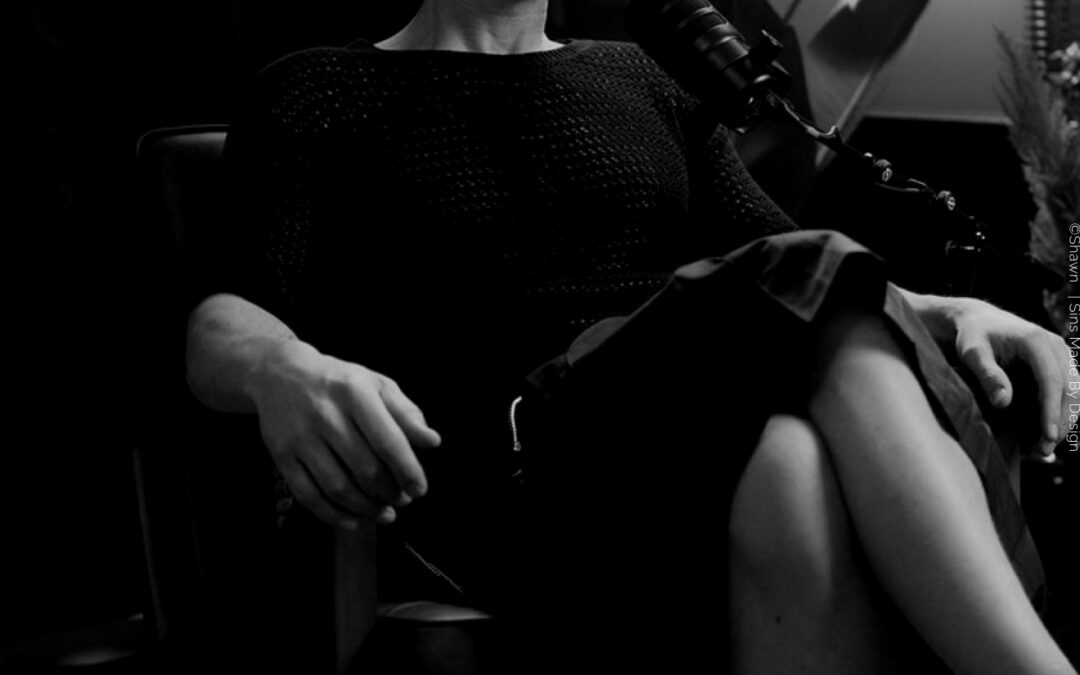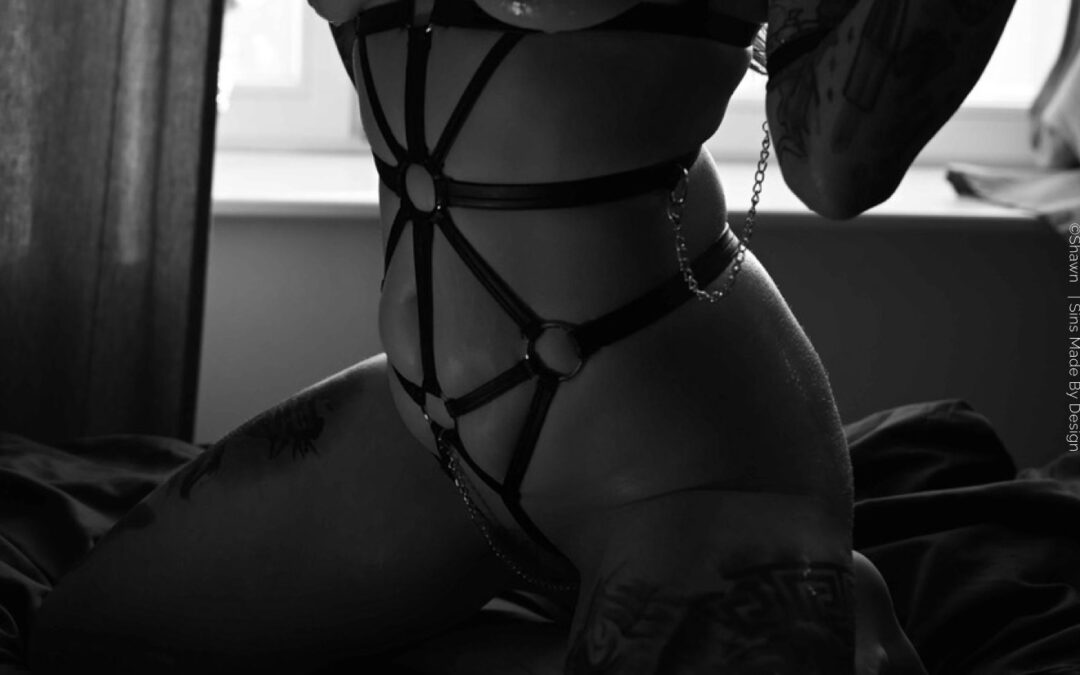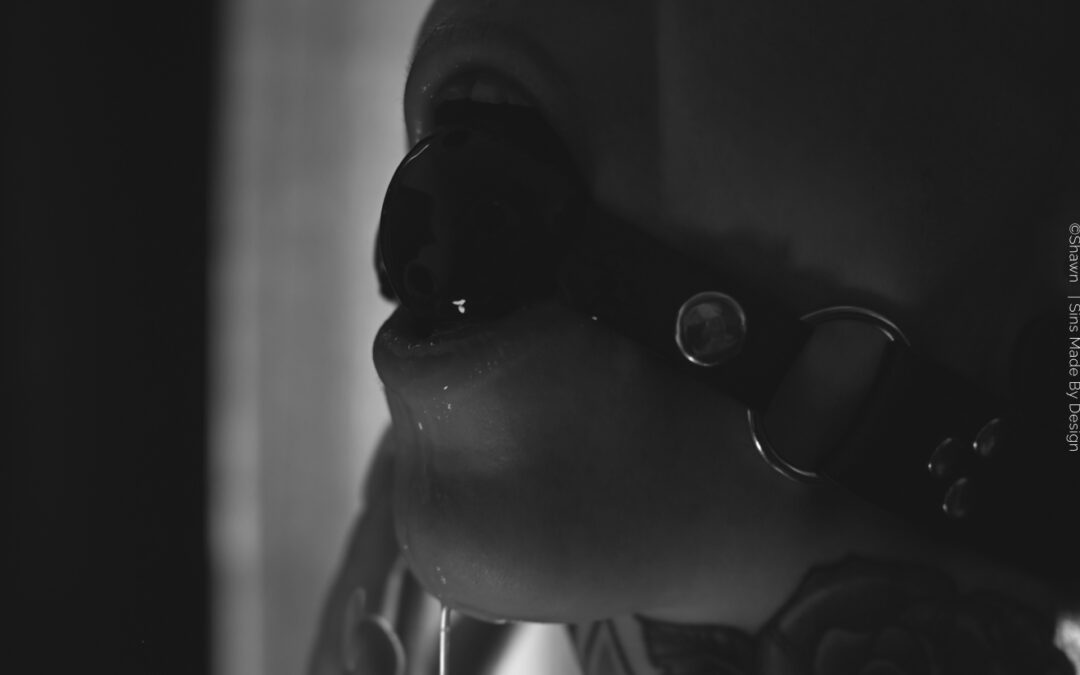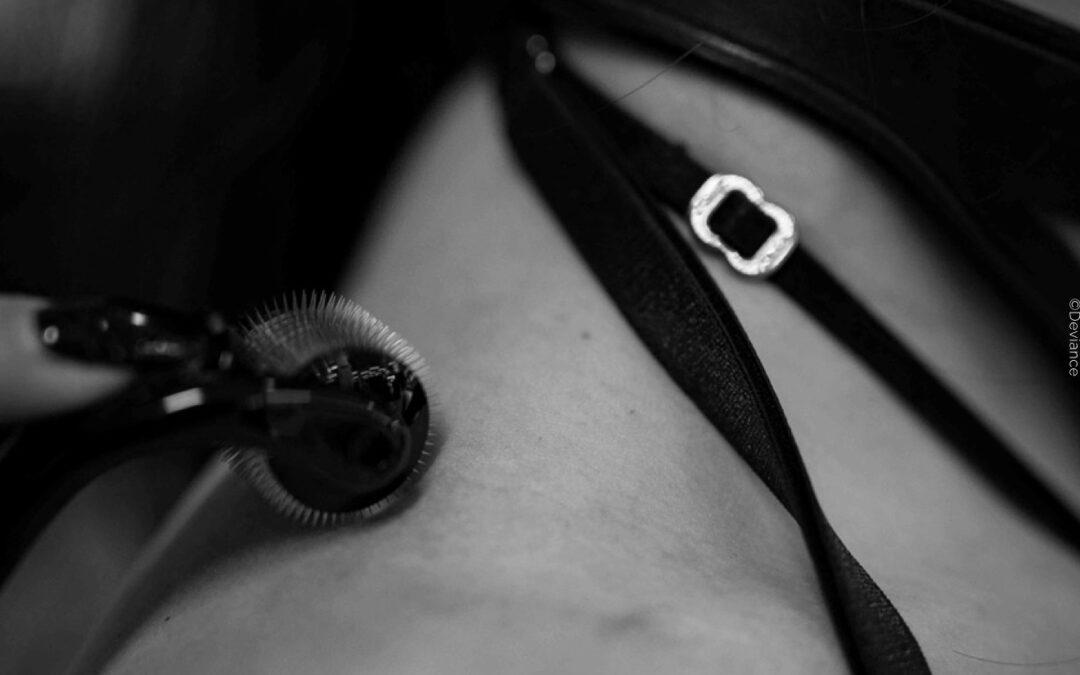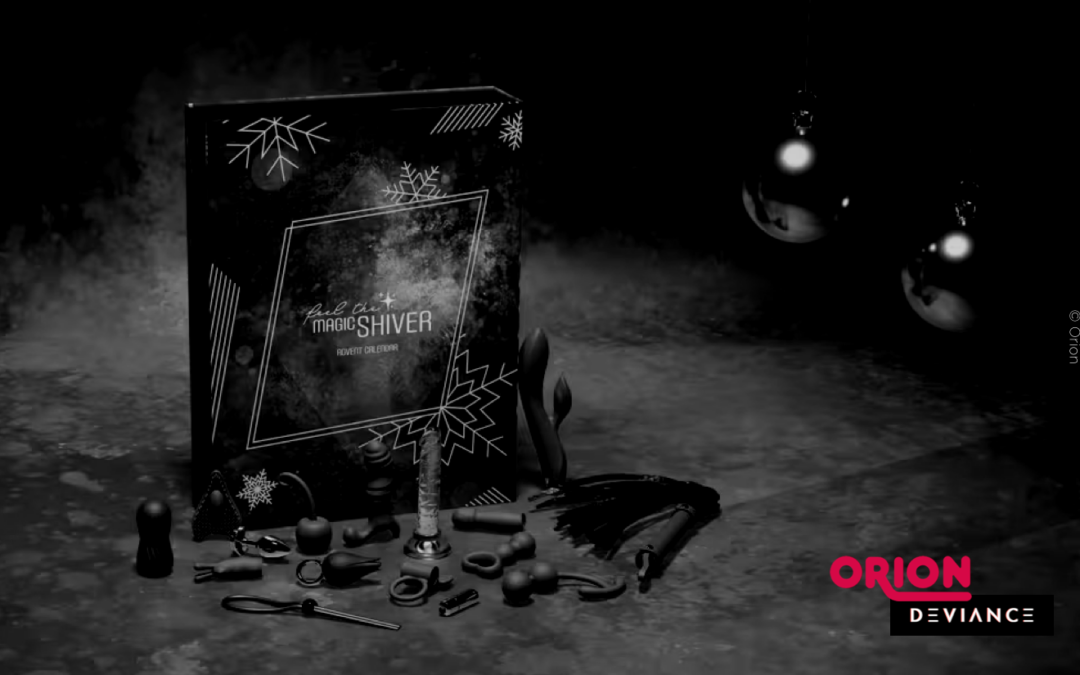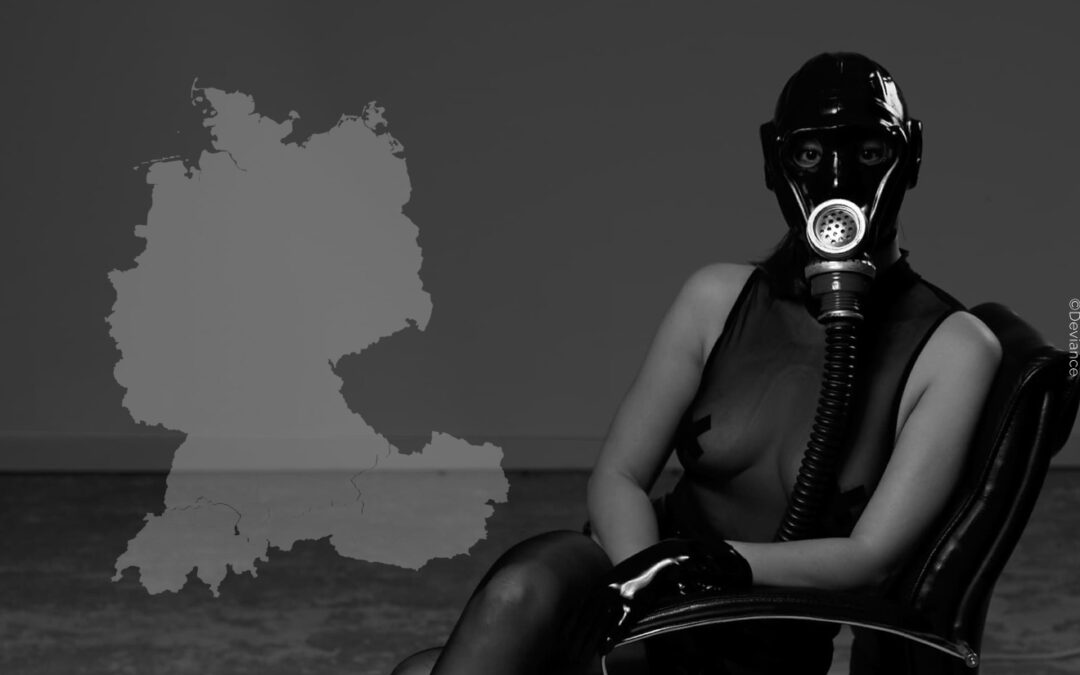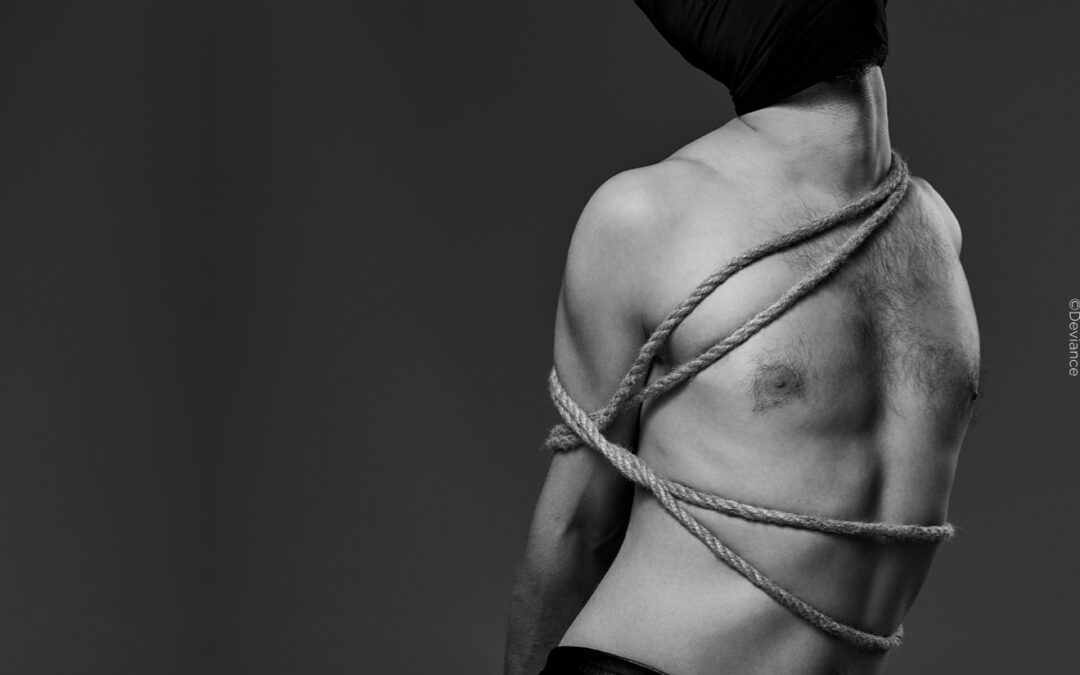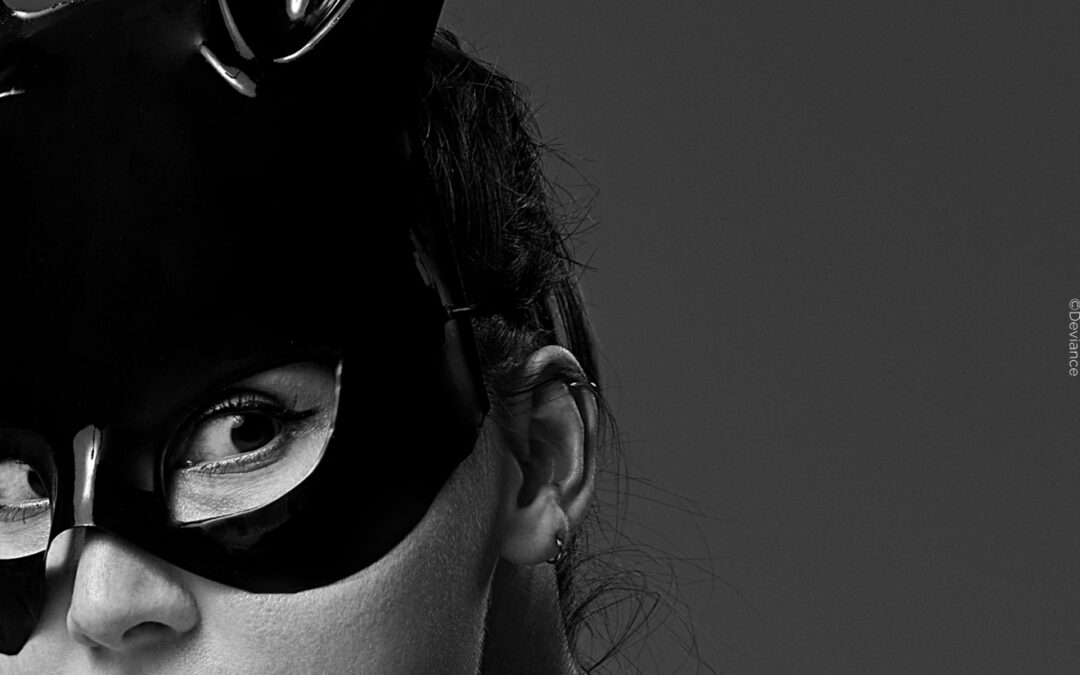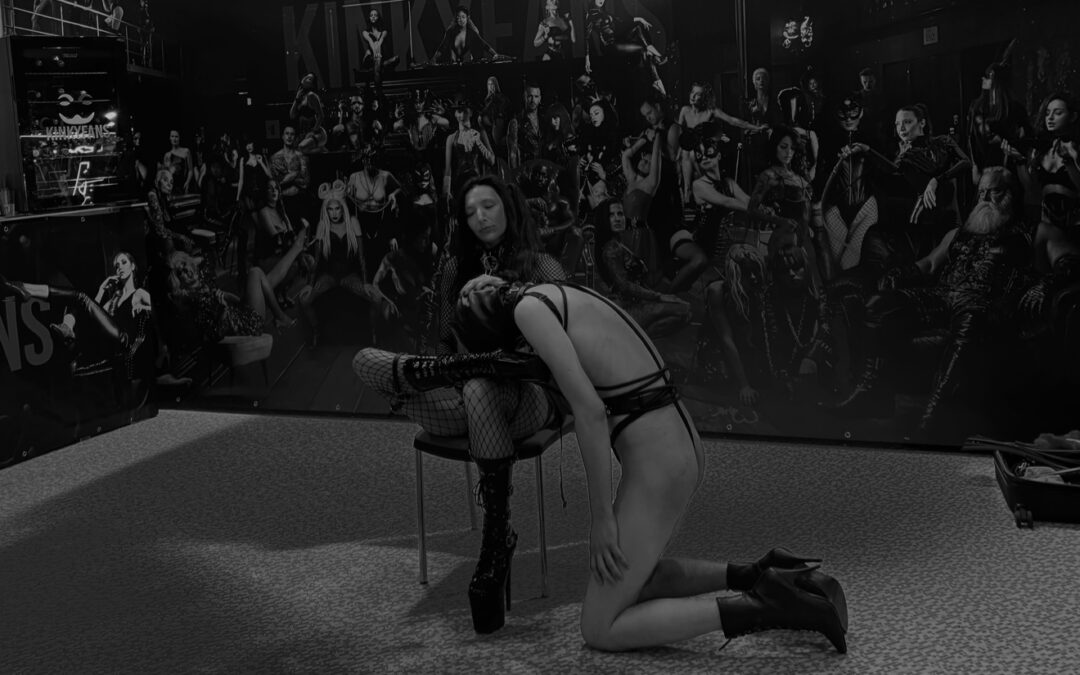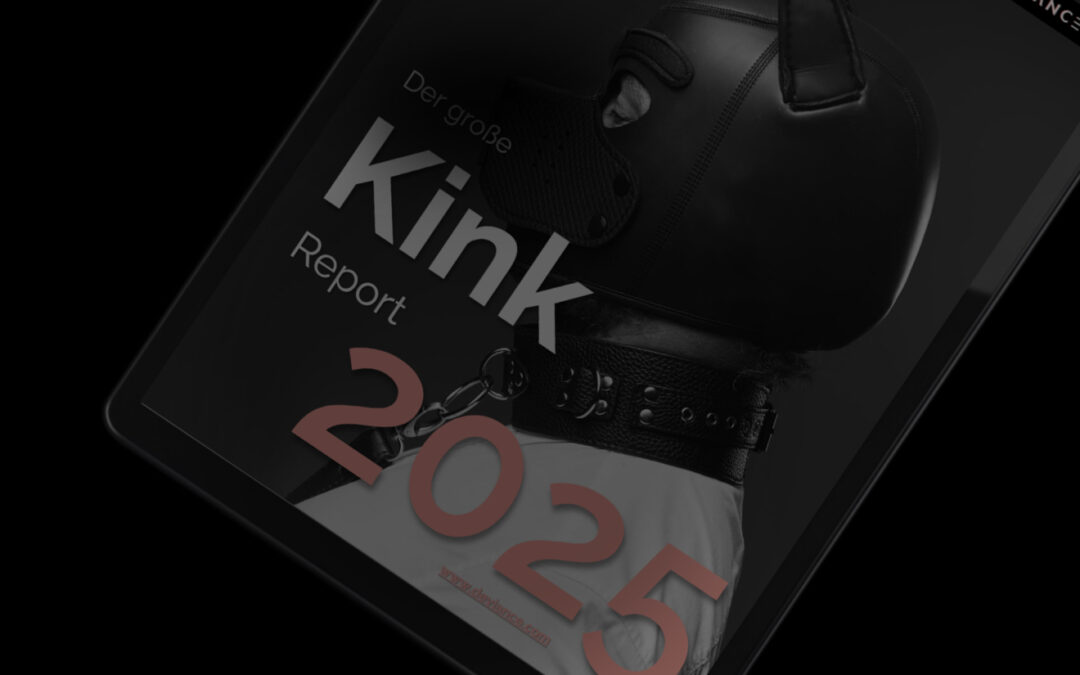What is fire play?
As the name already suggests, fire play literally heats things up because this BDSM practice requires fire and flame. Fire play can involve playing with candle wax and candle flames up to body fire or contact fire. It can either focus on the heat and skin contact with the flame or solely on evoking excitement and adrenaline. The practice falls under edge play, a term that encompasses games involving danger and fear. That’s why fire play is also referred to as fear play.
Since fire play is an extremely risky form of play that can lead to burns or injuries, it’s important to educate oneself thoroughly beforehand. It’s a practice that is definitely not suitable for beginners.
What is the appeal of fire play?
Fire is a primal fascination of humans. It symbolizes power, danger, and threat and is one of the things that can be perceived with all the senses. Fire evokes fear, fascination, and excitement. It’s no wonder they say: Don’t play with fire. Or maybe you should. Everyone has been burned before, knows the hot feeling on the skin. However, in BDSM fire play, it’s not so much about burning or pain. It’s more about the sensations: the heat against the skin, the cold afterward. The smell of fire and burnt hair. The uncertainty, which is as exciting as it is frightening.
Knife, fork, scissors, light,
And many other things,
are not allowed for little children.German proverb by Vicky Leandros
Fire is often associated with something forbidden. Throughout life, one is warned about fire, about fires, injuries, loss. As is often the case in BDSM, it is precisely this taboo that adds to the allure. Additionally, in the game, it gives the Dom the ultimate power. The possibility that permanent injuries could occur is a clear trigger for fear and adrenaline in many people. A fascinating mix of emotions.
The physical sensations of fire play can also be appealing. Fire is bright, hot and biting. It can offer everything from pleasant warmth to painful burns. Fire can be tasted, smelled, heard, seen and felt. It can be used to draw traces over the skin or set fire to it. If you play with sensory deprivation at the same time, for example by restricting movement, sight or hearing, this game can be infinitely intensified. This creates an additional form of mind play, as a game with senses and consciousness.
What types of fire play are there and how do I deal with them?
Fire play can work in many ways, with varying degrees of intensity. Once again, this type of play is not for beginners and it is essential to attend a course beforehand. In addition, fire play is only possible to a very limited extent indoors.
Bouncing or streaking – body fire and contact fire
The two most common techniques are body fire and contact fire. These typically involve the use of special torches. The shafts of these torches are usually made of aluminum, and the heads are made of a special wick material, typically Kevlar or fabric. Additionally, a flammable liquid is needed, such as isopropanol, lighter fluid, Fakir benzene, or white gas. It’s important that the torch serves as the wick, but only the flammable liquid burns. The torch itself should not burn or be consumed.
In contact fire, the torch is struck against the skin or dragged along it. While this often burns off body hair, there is no transfer of fire onto the skin, so it is not injured. Another form of contact fire would be striking with a paddle or whip that serves as its own wick. However, be cautious, as with this technique, burns can occur if you linger too long in one spot.
In contrast, with body fire, you work with the liquid on the skin. There are different forms of this. One involves moving the burning torch over the skin, for example, along the arms, creating a trail of fire on the skin. Another method is to drip traces of gasoline on the skin and then ignite them. However, in this case as well, only the liquid and at most the body hair should burn, never the skin. With this technique, you can feel the flames more distinctly. The difference from contact fire lies in whether the skin is used as the burning surface or only comes into secondary contact with the wick.
Pyro cotton
Pyro cotton is best known from magic tricks where something suddenly bursts into flames and burns in a bright jet of flame. It burns without leaving any residue, which means that nothing remains after the jet of flame. Pyro cotton is therefore also often used to ignite flash or smoke powder. In shows, for example, it is used for effects such as the “flash of fire from the hand”, fireballs, clouds of flames and jet flames. It is simply placed on the skin and then lit. The absorbent cotton burns bright and hot, but in just a few seconds and therefore has an enormous fright factor, but without causing burns. Pyro cotton therefore produces a bright jet of flame that feeds the fear play.
Cellpopping
Cell popping is not strictly fire play, as it does not involve an open flame. However, it is counted as such because it involves high heat. In this practice, a needle is heated intensely and held against the first layer of skin. This creates superficial branding, leaving temporary marks. Although these heal relatively quickly, this form of marking should still be discussed thoroughly.
Fire cupping
Cupping has even become a popular wellness treatment. Glass balls, known as cups, are placed on the skin and a vacuum is created to promote blood circulation and relieve tension. Either by a pump or, as in this case, by fire. In this method, the air in a glass is first heated with a torch and then pressed against the skin. The cold outside air, which cools the warm air in the glass, creates a negative pressure that attracts the skin. Both the heat inside the cup and the strength of the pressure can be varied.
As previously mentioned, the skin is sometimes also moistened with flammable liquids. This is also the case with a variant of cupping, in which such a liquid is ignited on the skin and then the cup is placed over it. With this technique, Bottom experiences many different sensations, from the hot, brief burning of the flame to the long-lasting warmth of the trapped heat. The technique can also be modified so that the inside of the cup is coated with the liquid and ignited and then pressed against the skin while still burning. Due to the lack of oxygen, the fire extinguishes directly on the body.
Other variations
Technically, branding, cigar service and human ashtray could also be counted as fire play. The difference, however, is that these types of play focus on other elements and triggers for emotions rather than the fire itself.
What to consider in fire play
Before you even start with fire play, we recommend playing with candle wax first. This is relatively safer and gives a first feeling for the tolerance of temperatures. It is essential to keep a safe distance from flammable objects, clothing and hair when playing with fire.
Before starting, we recommend to attend a workshop. Third-degree burns can occur in just a few seconds. For sessions of this kind, always have a bucket of water, a fire blanket, and first aid supplies ready. We strongly advise having a phone with the emergency number pre-dialed on hand.
As with all forms of edge play, you should also have a long conversation about your limits and boundaries beforehand. It is particularly important to be transparent about medication, trauma and anxiety, as well as ticklishness. If you pass the torch over a ticklish spot and the bottom twitches, you may accidentally injure him or her. It can of course help to restrain or tie him or her up. Consensually, of course.
Aftercare is particularly essential for all types of fear play, including fire play. The aim here is to slowly re-establish closeness. It must be made clear that the fear was just a game and any injuries must be treated. It is best to have a concrete plan ready for this.
Playing safely with fire
As mentioned before, it’s crucial with fire play to educate oneself beforehand through tutorials, workshops, and practicing with your bottom. It’s also important to be aware of zones with particularly sensitive skin, especially mucous membranes. The major no-go zones include the face, neck, genital area, inner sides of the forearms, backs of the knees, and Achilles tendons. Basic anatomical knowledge is therefore essential.
Preparing for the session
Make sure you wear cotton clothing, as synthetic fabrics can melt and cause serious injuries. Tie up long hair and avoid metal jewelry, which can heat up. An environment with sufficient space and without flammable materials such as curtains, books or plants is important. If you are playing outside, you should not stand in a dry field.
Have extinguishing agents ready:
- A bucket of water to extinguish the torch
- A wet towel is useful for most leaping flames
- A fire blanket is the right choice on the body
- A fire extinguisher for larger flames
Storing fuels safely
It is also important to clearly mark the flammable liquids and store them in containers that can withstand most corrosive components. In addition, never use too much of the liquids to reduce the risk of them catching fire. Instead, it is better to refill as required. The opening of the container should also be large enough to be able to dip a torch in and take it out again without knocking the container over or moving it. Empty containers must also be cleaned thoroughly and correctly.
Aftercare
Plasters, cold packs, gauze and cloths should be available for aftercare of the skin. A wound cream or burn ointment can also help any marks to fade and heal more quickly. It is also important that Bottom sees the marks before bandaging so that he or she can realize that no damage has been done and that he or she is now safe.
Our recommendation:
You can see how fire play might look in practice by watching YouTuber Evie Lupine and her partner.
